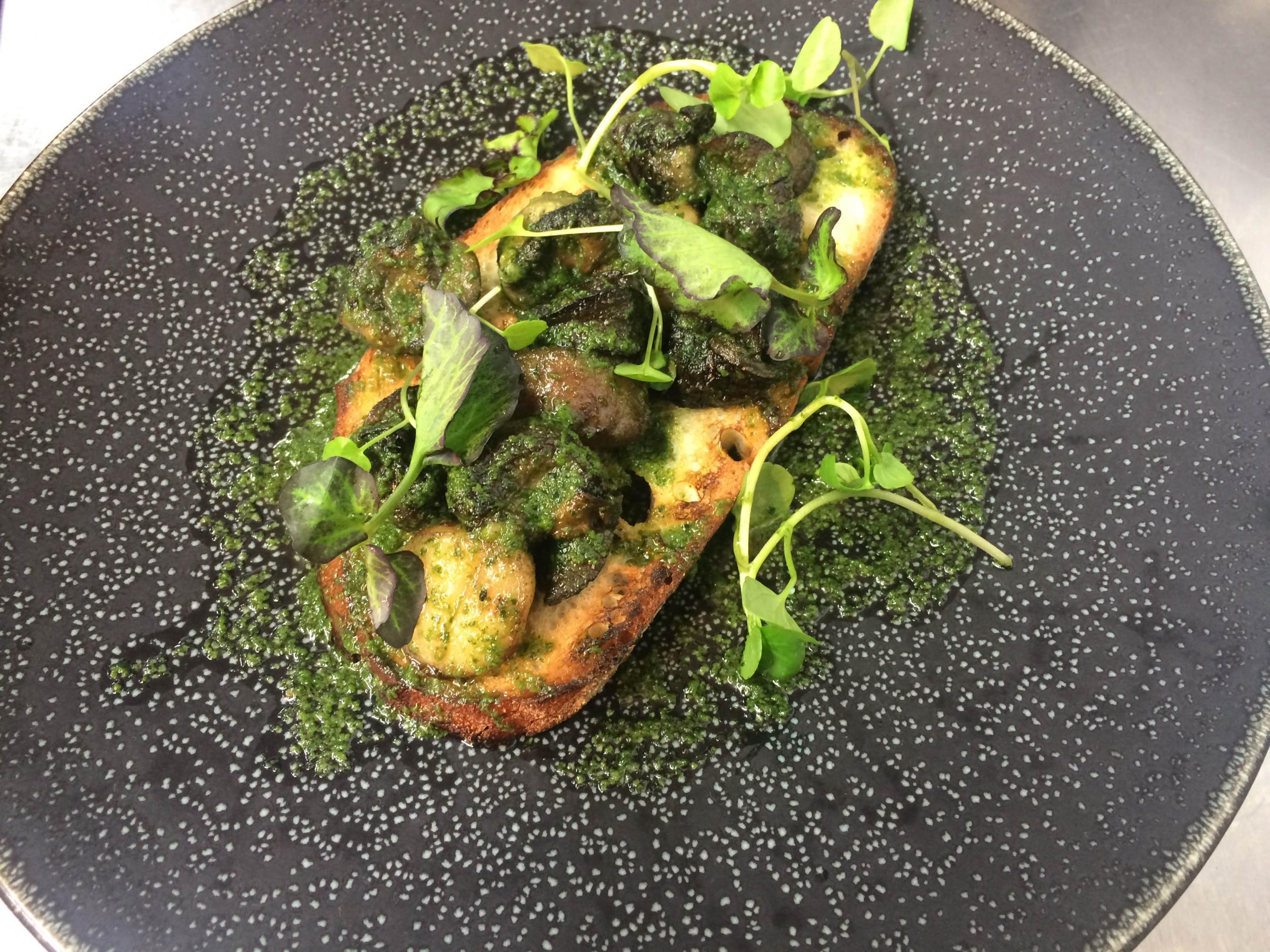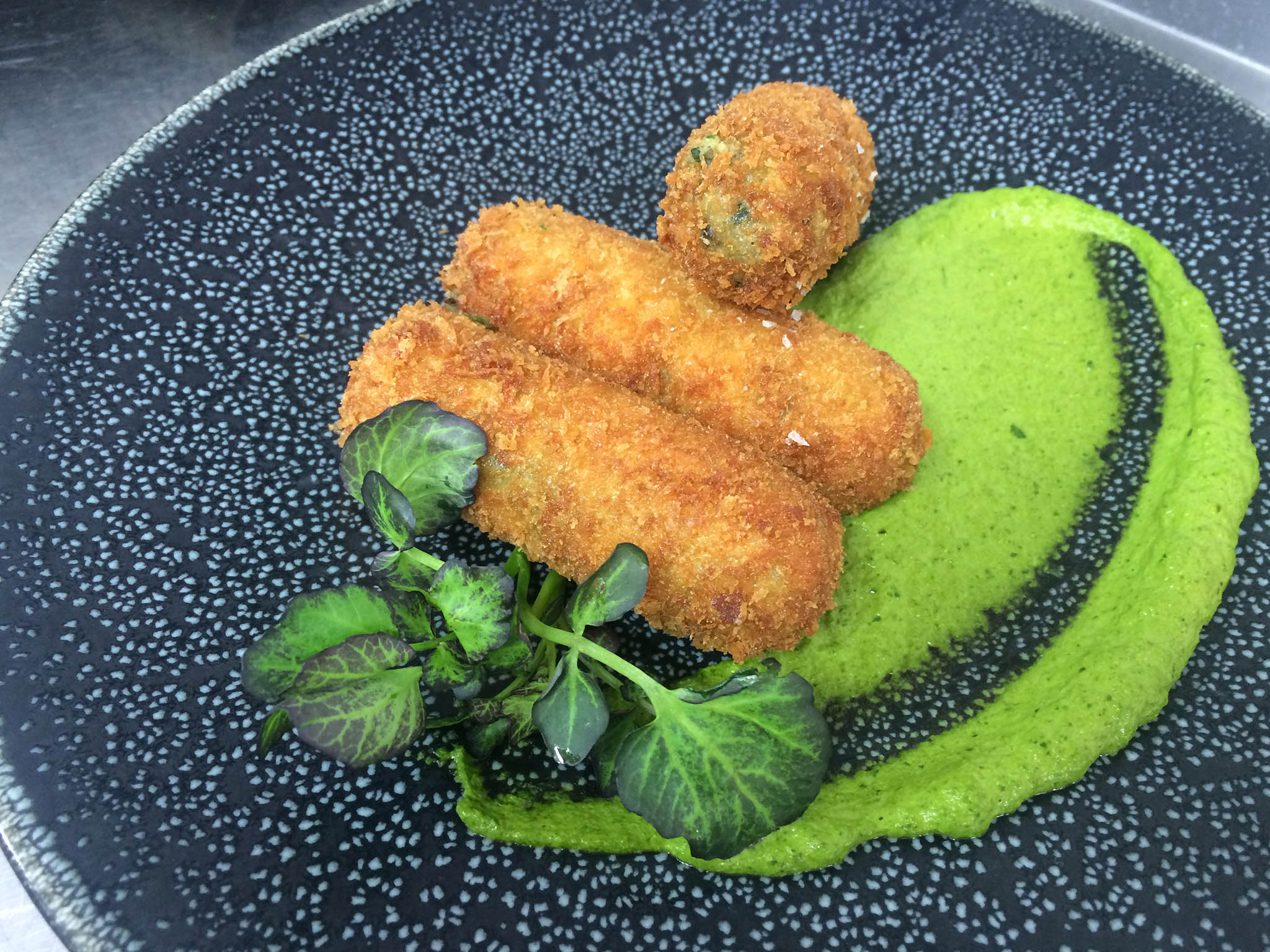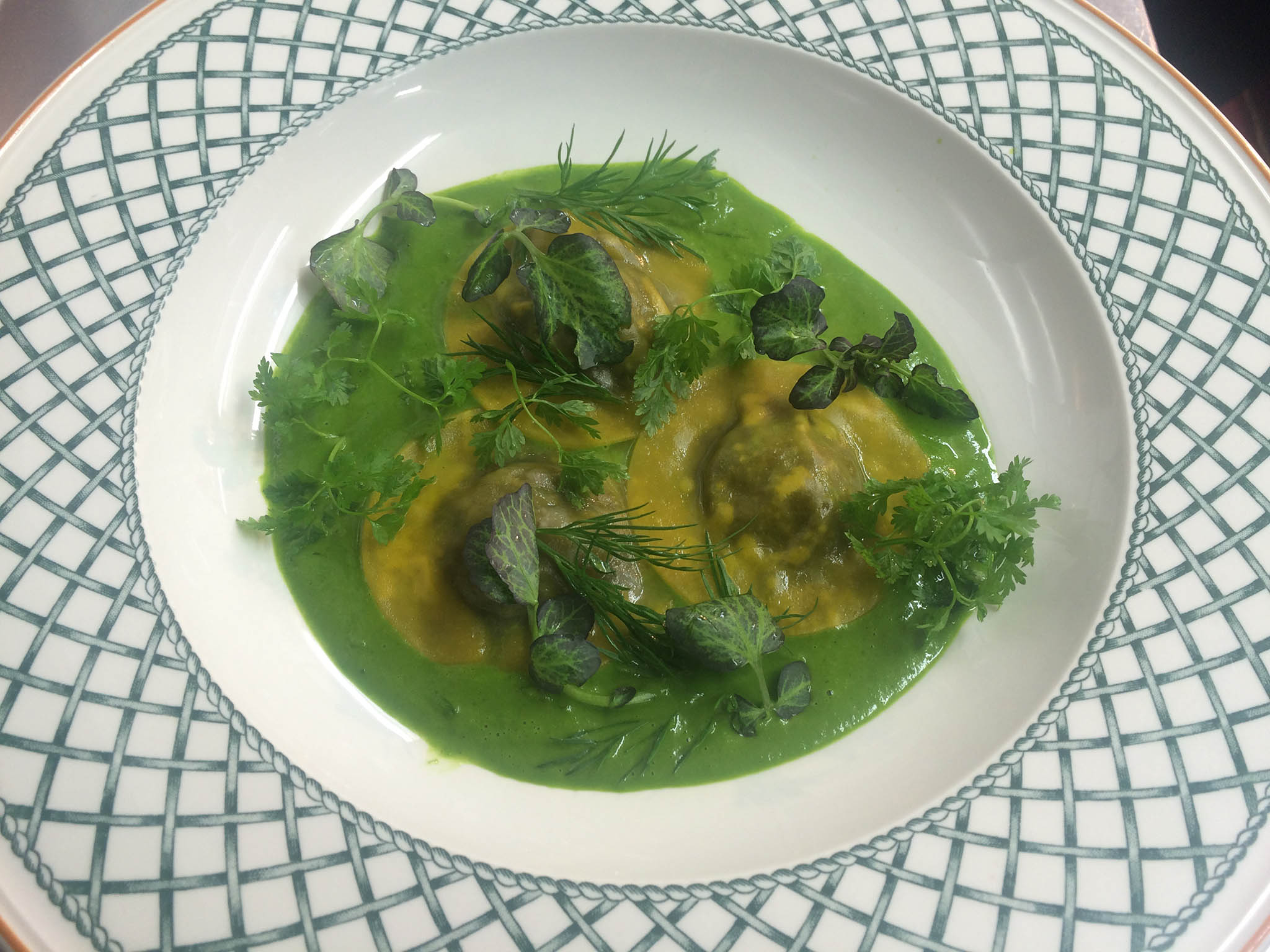National Escargot Day: The best ways to cook and eat snails
Known for being a French delicacy, escargots are becoming an ever more popular choice on British menus

Your support helps us to tell the story
From reproductive rights to climate change to Big Tech, The Independent is on the ground when the story is developing. Whether it's investigating the financials of Elon Musk's pro-Trump PAC or producing our latest documentary, 'The A Word', which shines a light on the American women fighting for reproductive rights, we know how important it is to parse out the facts from the messaging.
At such a critical moment in US history, we need reporters on the ground. Your donation allows us to keep sending journalists to speak to both sides of the story.
The Independent is trusted by Americans across the entire political spectrum. And unlike many other quality news outlets, we choose not to lock Americans out of our reporting and analysis with paywalls. We believe quality journalism should be available to everyone, paid for by those who can afford it.
Your support makes all the difference.Perhaps not the most notable date on our calendars, but escargots – that’s snails to you and me – are undoubtedly experiencing a culinary renaissance in Britain.
Snail porridge is one of experimental chef Heston Blumenthal’s most famous dishes (recipe still available on the BBC website); French restaurant group Café Rouge offers guests oven-baked potted snails with Roquefort butter; and at L’Escargot, London's oldest French restaurant, dishes such as snail ravioli, snail and bone marrow on toast, and snail croquettes are creeping their way onto the menu.
Snail farmers are reporting year on year growth in demand, with sales from Dorset Snails – who supply Gordon Ramsay restaurants – up 200 per cent since 2014.
They will also blanch escargot to order and deliver them straight to your door. Or, if you prefer, H&RH Escargots will deliver them to you alive and ready-to-cook in cardboard boxes (complete with a plastic mesh so they can't eat their way out).
You can even get snail caviar now, which is sure to provide any dinner party an interesting talking point.
Boiled for up to two-and-a half-hours before being baked or fried, fresh snails are meaty in texture and have a delicate, earthy taste – nothing like their tough tinned counterparts.
Traditionally served with a strong garlic butter in France, they are pickled in Spain and Portugal and served in fritters in South America. They also go well with mushroom flavours, including truffle oil.

“Snails are a good option as we look for new sustainable foods,” says George Pell, Managing Director of L'Escargot. “There’s not much bi-product or waste, you don’t have to cut down trees to farm them, and they don’t eat a lot plus are ready to be eaten at six months old.“
Add this to the fact that they are high in protein and low in fat, and they could pretty much be the next superfood – if it were not for the seemingly uncompassionate farming and cooking methods.
Once they reach a plump-and-juicy 12 grams, snails are starved for up to a week in order to be purged of impurities, and dropped alive into boiling water – much like lobster.
Although they show a physical response to tissue damage, and food deprivation will almost certainly have a negative effect, research into whether they actually “feel”’ pain is still on-going, says Cambridge University Professor of animal welfare, Donald Broom.
So cooling them right down in the freezer to slow their nervous processes, and making sure that the water you drop them into is already boiling, is the best way to ensure they are killed quickly.
L’escargot’s famous garlic butter
50g garlic puree
10g salt
14g pernod
350g softened butter
50g parsley, picked from stalks
First plunge the parsley into boiling salted water for 20 seconds then refresh in iced water. Doing this will give your parsley butter a vibrant green colour. Next squeeze all the water out of the parsley, then chop finely almost to a paste.
Then mix together with all the other ingredients.
Snail and mushroom ravioli

For the pasta:
275g ‘00’ flour
Pinch of salt and pepper
3 large eggs
1 tbsp olive oil
For the filling:
40g butter
50g chopped shallot
1 clove chopped garlic
50g white wine
375g finely chopped chestnut mushrooms
150g finely chopped escargots which have been poached in a vegetable stock 60-90 minutes
1 tbsp chopped parsley
1 tbsp chopped tarragon
100g finely chopped wild mushrooms sautéed in butter
For the ravioli, blend the flour, salt and pepper, eggs and olive oil in a food processor until the dough resembles breadcrumbs. Turn out the dough onto a lightly floured surface, pull together and knead for 5 minutes until smooth and elastic. Rest in the fridge for 30 minutes. Dust a pasta machine with flour. Set the pasta machine to its widest setting, then feed the chilled dough through the machine turning the handle with one hand and holding the dough as it comes through the machine again and feed the pasta sheet through the machine again, as before.
Repeat this process 3-4 more time, flouring the machine and decreasing the width of the rollers each time. Place the sheet of pasta dough on a floured surface and cut into rectangles about 6 cm wide.
For the filling saute the chopped shallot and garlic in butter. Add the white wine and reduce till dry. Add the chestnut mushrooms and then cook slowly until completely dry and season with salt and pepper. Then mix in the rest of the ingredients
Place half a dessert spoon full of the filling into the centre of each pasta square. Brush the edges of each pasta square with a little egg yolk. Place another pasta square on top and press down gently around the filling, ensuring to press out any air bubbles. Press the edges flat to seal and cut round or square as desired. Repeat the process with the remaining pasta and keep in the fridge until ready to use. To cook the ravioli place into a pan of salted boiling water for 1-2 minutes. You can serve with the above garlic butter or for a lighter fresher alternative a wild garlic sauce.
Wild garlic sauce:
Cook 50g each of onion, celery and leek and 3 cloves garlic with no colour in a knob of butter, add chicken stock to just cover, when the ingredients are soft puree with a good handful of wild garlic and parsley and chill immediately to retain green colour. Season to taste.
Join our commenting forum
Join thought-provoking conversations, follow other Independent readers and see their replies
Comments